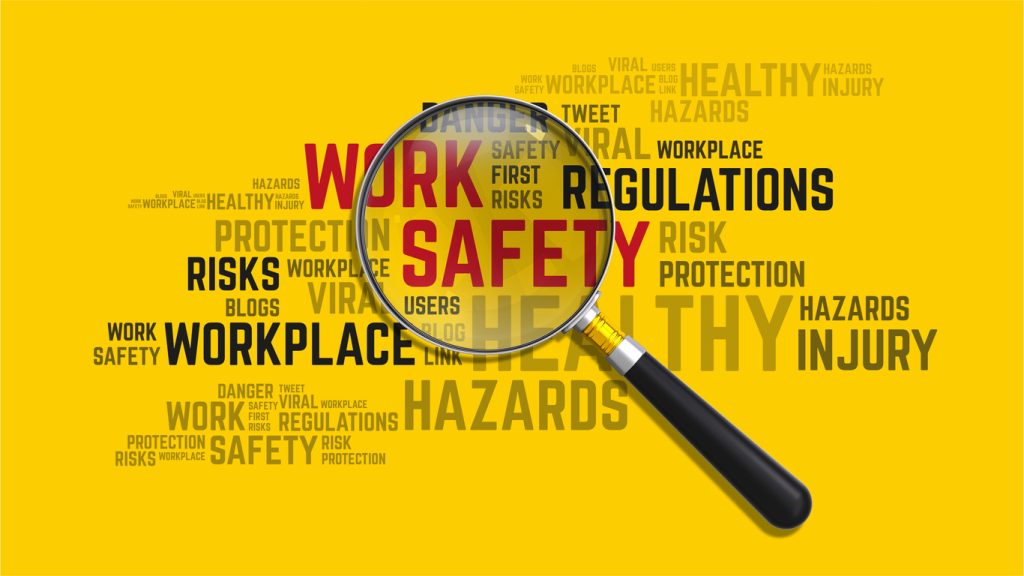When it comes to construction, the consequences of noncompliance could be fatal. There were 30 fatal injuries to construction workers in the 2021/22 reporting year alone, the most out of any other industry in Great Britain.
Whether you’re an apprentice or a duty manager, knowing the consequences associated with health and safety negligence could save a business. And if you haven’t considered the potential legal implications before, a basic idea of the framework could protect your team even further.
Construction and the law: Understanding health and safety requirements
#1 - Employer responsibilities
From a health and safety angle, employers are obliged to ensure a safe working environment on construction sites. Team leaders and managing directors should be acutely aware of the regulations for managing health and safety in construction, which includes a comprehensive understanding of the limits and requirements for each unique role on-site.
Legally, the potential consequences for noncompliance could include fines, penalties, or restrictions. Breaching health and safety regulations risks much more than just the welfare of the staff and the quality of their work. Even when it comes down to ensuring the use of essential safety equipment like a circular saw guide rail, protecting your workers at every step is vital.
#2 - Contractor duties and accountability
Whether you employ external contractors to work on a project site or they’re outsourced by a client, they must maintain the highest health and safety standards too.
If they’re working under your business name or a branch of the company, the potential legal repercussions stemming from their misconduct include contract termination, formal litigation, and severe damage to your reputation. If and when contractors fail to uphold their obligations and working expectations, your business and its name will suffer.
#3 - Individual liability and personal injury claims
Employers and their supervisees share some accountability for any actions or inaction that could be regarded as negligence, especially relating to health and safety breaches. For example, if a worker was injured on site but failed to wear protective equipment, they might accept full liability.
However, if an employee suffers an injury at work and can prove that they were working in line with all guidance, the employer or site manager could legally be at fault. In this case, workers could take the first steps towards making a successful personal injury claim against the construction business or the individuals who manage it.
No matter your role in construction, you should never overlook or underestimate the importance of health and safety regulations. Even if they occasionally feel like a burden, the fundamental reason they exist is to protect your employees, your business, and the industry.





















